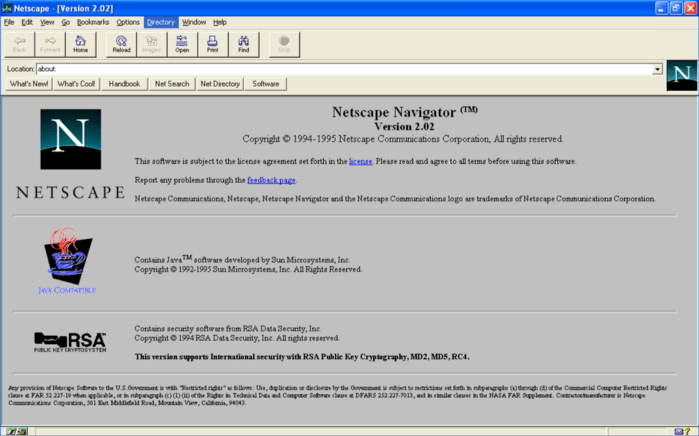開源日報 每天推薦一個 GitHub 優質開源項目和一篇精選英文科技或編程文章原文,堅持閱讀《開源日報》,保持每日學習的好習慣。
今日推薦開源項目:《轉職 new-grads-2020》
今日推薦英文原文:《How JavaScript Grew Up and Became a Real Language》

今日推薦開源項目:《轉職 new-grads-2020》傳送門:
GitHub鏈接
推薦理由:不選擇讀研的畢業了應該下一步都是找工作吧,這個項目就是為 2020 年畢業生準備的職業列表——在畢業之前好好想想自己的技能適合什麼職業還是很重要的,而且即使職業相同,具體的要求也可能存在差異,語言的使用,框架等等都可能成為不同公司相同職業里的差異點。在畢業之前了解一下自己可能遇上的職業要求來調整自己的技能樹是個不錯的選擇。
今日推薦英文原文:《How JavaScript Grew Up and Became a Real Language》作者:Matthew MacDonald
原文鏈接:
https://medium.com/young-coder/how-javascript-grew-up-and-became-a-real-language-17a0b948b77f
推薦理由:JS 的發展歷程
How JavaScript Grew Up and Became a Real Language
Few imagined that the one-time toy language would become a professional platform
If you predicted in 1999 that, 20 years later, JavaScript would become one of the world』s most popular languages, you were either enjoying a psychic vision or you were slightly insane.
Not only was turn-of-the-century JavaScript unable to do what a professional language could do, it wasn』t even designed to be a serious coding tool. After all, developers who needed to create web applications already had a mature tool they preferred to use. That was Java, by way of the applet embedding system.
But in 1995, the pioneering web browser company Netscape realized they needed a simpler option for everyone else. They were in a difficult position — at war with Microsoft in the market, on the brink of closing a major strategic partnership with Sun Microsystems, and seriously pressed for time. They hired Brendan Eich to create the new language under an impossibly strict timeline. He polished off the first version of JavaScript in 10 days, just in time to be included in this handsome browser:

Netscape 2: The stage debut for JavaScript
What Eich really wanted to do was to build a browser-hosted version of an academic programming language like Scheme. But Netscape had a different vision. They wanted a language that looked like Java, even if it behaved differently. The similar names — Java and JavaScript — led to years of confusion.
「I was under marketing orders to make it look like Java but not make it too big for its britches. It』s just this sort of silly little brother language, right? The sidekick to Java.」 — Brendan Eich
The era of rollover buttons
For the first five years of its life, JavaScript was a fill-the-gaps tool for people who weren』t up to programming in Java. This audience included amateurs, hobbyists, and people doing simple things in a big hurry. It also included web designers — a new class of tech workers who had the job of making web page user interface look sleek and graphical. They wanted something more polished than the


